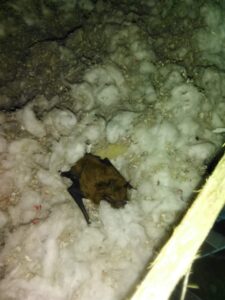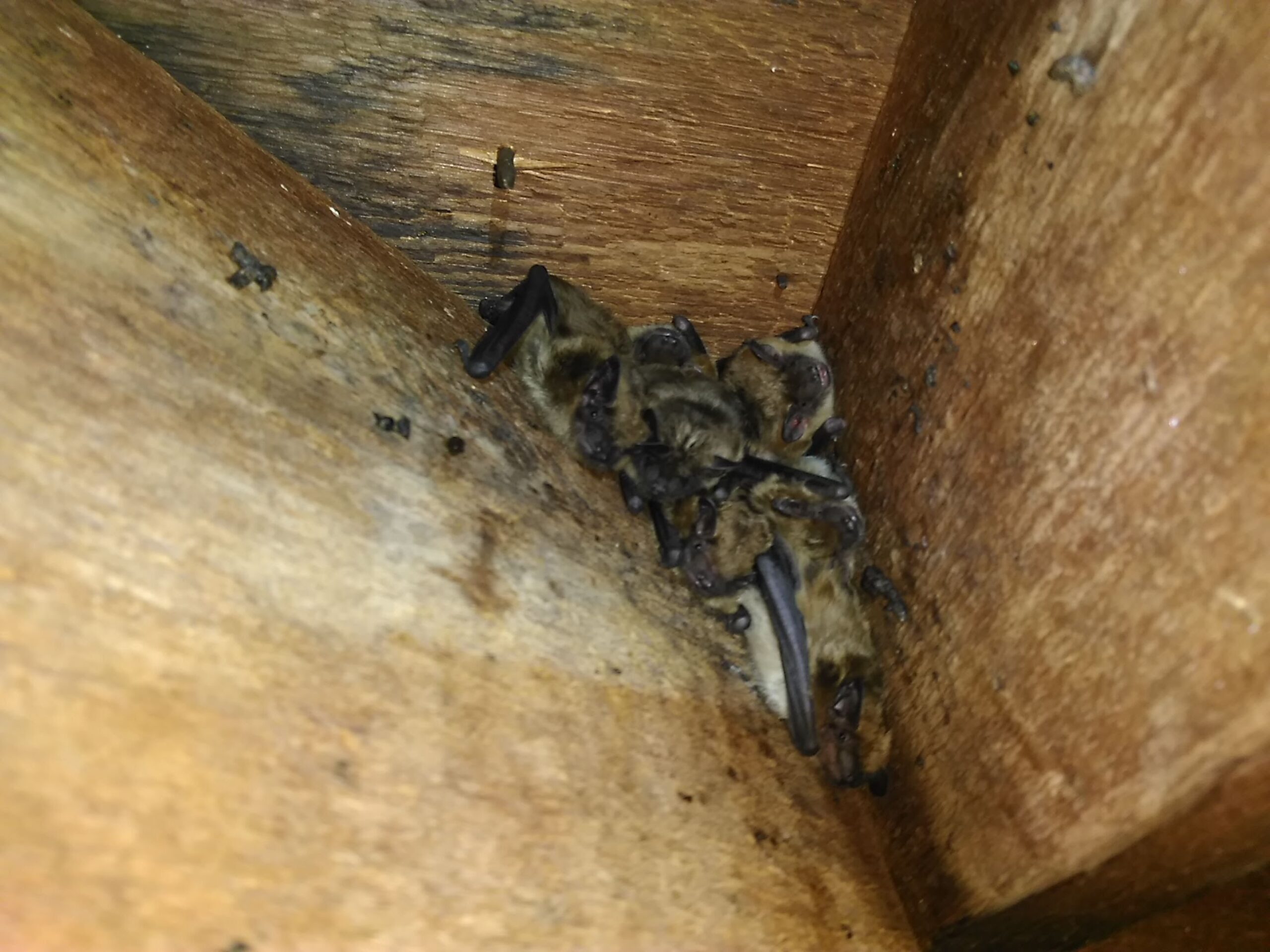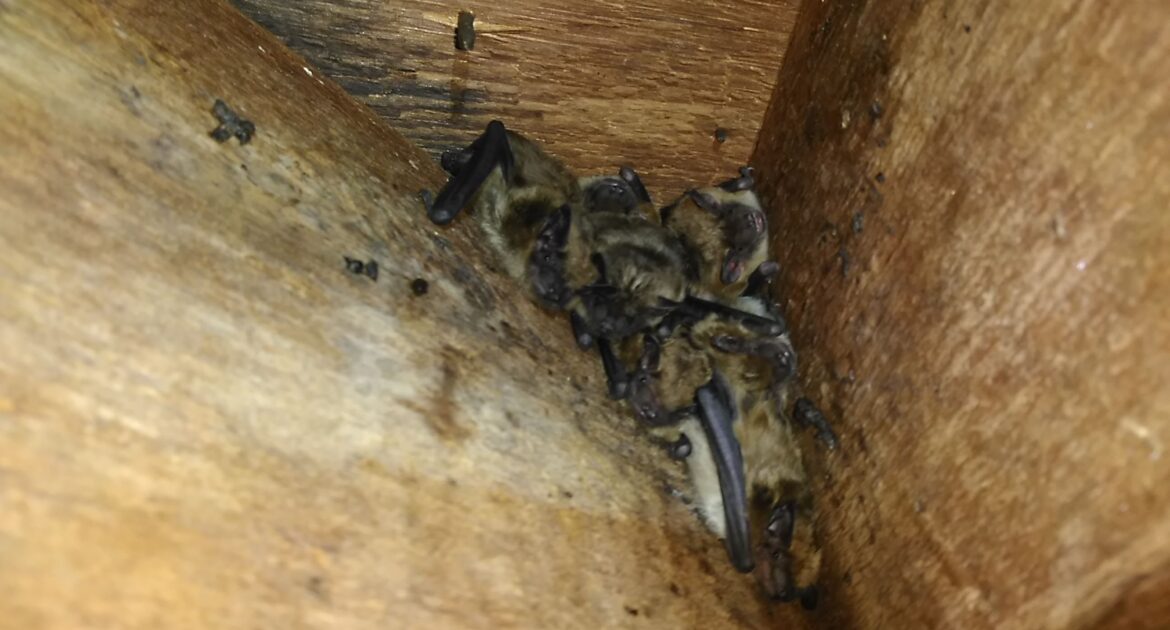Bats give many people the creeps, but these flying mammals are good for Earth’s ecosystems and humans! Ontario has eight species of bats, all of which are insectivores. When you see them out darting around the skies at night, they’re busy chasing down and eating their dinner! Bats eat insects of all kinds, including mosquitoes, beetles and moths. Without them, you’d have a lot more mosquito bites every summer.
As good as bats are for ecosystems and human systems, they don’t belong in our attics. Unfortunately, the bats didn’t get the message. To them, an attic is a perfect environment. They also don’t mind the walls. Little brown bats and big brown bats are particularly fond of them. Often these species roost there in groups, especially during the winter hibernation months or spring birthing seasons. Bats are protected species, so if you discover live bats in your attic, call the professionals in Coquitlam bat control.
How Do You Handle a Dead Bat?
 Sometimes homeowners find a dead bat on their attic floor and aren’t sure what to do about the situation. You should never handle a live bat, so the first thing you need to do is make sure it’s dead. It isn’t always easy to tell. During the winter, if the temperatures are cooler, these animals are less active. They hibernate in winter but still wake up on occasion. Therefore, the motionless animal lying on your floor may not actually be dead.
Sometimes homeowners find a dead bat on their attic floor and aren’t sure what to do about the situation. You should never handle a live bat, so the first thing you need to do is make sure it’s dead. It isn’t always easy to tell. During the winter, if the temperatures are cooler, these animals are less active. They hibernate in winter but still wake up on occasion. Therefore, the motionless animal lying on your floor may not actually be dead.
If you are sure that the bat is dead, you don’t want to leave it too long. It’s best to call Skedaddle for help. We can make sure the animal is dead and dispose of its remains properly. Should you decide to take care of the task yourself, these are the important steps you need to take:
- Take photos of the animal before you do anything and try to get closeups.
- Contact the local Ministry of Natural Resources. They’ll want to identify the species and determine if the animal died of white-nose syndrome.
- Put on disposable gloves, or use a plastic bag, and pick up the bat.
- Place the remains and your gloves or the bag into a second bag, seal it and spray it with disinfectant.
- Put the bag out in your garbage bin. Make sure you thoroughly wash your hands afterward.
If you notice that the bat has a band on one of its wings or a small radio device on its back, bag up the animal but don’t dispose of it until you talk to someone at the Ministry. Bands and radios are used to track individual animals, so they’ll want to identify which one it is.
Do Dead Bats Carry Diseases?
Bats carry several diseases. Most people are aware that they can transmit rabies, but it isn’t the only concern. The rabies virus usually dies shortly after its host does, so if you find a dead bat, rabies is not likely an issue. If the bat is alive, you run the risk of getting bitten — and contracting rabies — if you try to handle it.
In addition to rabies, these animals can also transmit other diseases. Many pathogens are found in bat guano, such as the fungus that causes the potentially deadly illness histoplasmosis. If you find a dead bat, there’s likely also guano nearby. It is much safer for you to let professionals take care of the body and investigate your home for the presence of other bats.
What Can Skedaddle Do?
If you discover a bat on the floor of your attic, Skedaddle can take care of it for you. We know how to handle dead and living bats safely. Our technicians will also clean up any guano, check your home for other bats and seal off entry points to prevent future incursions. Contact us today to schedule services for Coquitlam bat control.





